When teachers have to "play the bad guy"
In the 2025-2026 school year, the Hanoi Department of Education and Training assigned 77 private high schools in the city to enroll 27,919 students in grade 10; assigned 12,080 grade 10 students to 29 vocational education and continuing education centers in the city and over 79,000 students to public high schools.
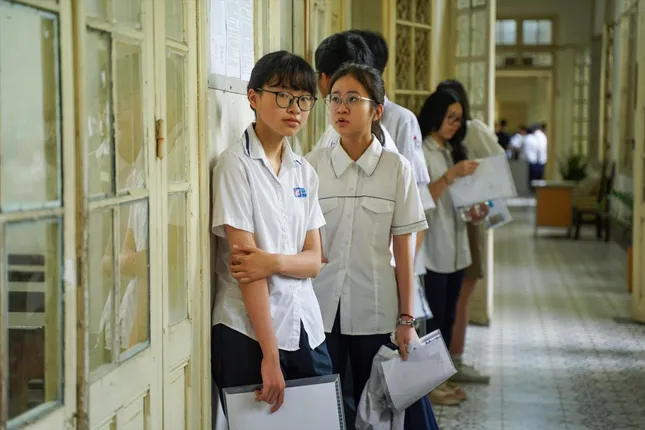 |
Hanoi students took the 10th grade entrance exam recently. Photo: DUC NGUYEN |
In 2025, the city will have about 127,000 students taking the junior high school graduation exam. Of these, over 102,000 students will take the public 10th grade entrance exam organized by the Department of Education and Training. Thus, the public 10th grade enrollment target will reach about 77% of the total number of candidates taking the exam, and 62% of the total number of junior high school graduates.
If we count the number of candidates taking the exam, Hanoi this year has about 23,000 candidates who failed the 10th grade public exam. And if we compare the absolute value of candidates graduating from junior high school, there are about 48,000 students who are not able to study in the 10th grade public exam. Thus, for every 3 junior high school graduates, there is one who is not able to study in the 10th grade public exam. This is the reason why the 10th grade entrance exam has become a nightmare for many parents.
Setting a rate of streaming after junior high school is creating pressure on parents and the education sector when implementing 10th grade enrollment. In addition, the risk of lagging behind in human resource quality exists when the average education level of workers is only at junior high school level.
This pressure also affects teachers and principals of secondary schools. Many teachers are forced to "play the bad guy" when performing the task of advising parents to change their career choices for their children (due to poor academic performance). A teacher shared that, before taking on this task, before facing parents, they must also consider and understand the family circumstances of the students. Otherwise, when advising, it is easy to lead to misunderstandings, causing hurt to students, parents, or even vice versa, the teachers themselves are hurt due to parents' overreaction.
In recent years, at the end of the first semester, on social networks or through letters from readers, some parents were upset when their children were "unlucky" by their homeroom teachers to not take the 10th grade entrance exam, so they had to go to vocational school. Many secondary schools, fearing the impact on competition and brand, have even suggested and negotiated with parents whose children had poor academic performance to transfer schools from grade 8.
Love children but helpless
Ms. Nguyen Thi Nhung, Phu Dien Ward, Hanoi, shared that her two sons were once in a situation where, at the end of the 8th grade, their homeroom teacher suggested that they transfer schools because the children were not suitable for the current learning environment. Each time like that, Ms. Nhung felt both sorry for her children and helpless before the "hidden" regulations in the educational environment.
“Although we know our children’s abilities are limited, our family still wants them to finish high school. We chose to send them to public elementary and middle schools. The family decided early on that they would go to high school and study in a non-public school. But after finishing 8th grade, we had to transfer both children to a non-public school. Studying in a non-public school adds to the financial burden on the family, but we have to accept it,” said Ms. Nhung.
In the 2024 exam season, some parents of grade 9 students at Tien Thinh Secondary School (formerly Me Linh district, Hanoi) reported that their children were among the students who were not given exam registration forms at the time specified by the Department of Education and Training.
This was not discussed with the parents or students. It was not until early May that the families realized their children were not on the list of candidates. When these parents asked for their children to register for the exam, the school said that all registration portals for the 10th grade entrance exam had been closed.
Tien Thinh Secondary School has about 30 students who did not pass the entrance exam to grade 10, of which class 9B has the most with 9 students. Ms. Nguyen Thi Hong Tham, head teacher of class 9B, explained that due to low academic results, the possibility of passing the entrance exam to grade 10 is very difficult, so she analyzed and oriented her children to register for vocational education - continuing education center.
Minister of Education and Training: Streaming method is 'very rigid'
During a field trip to the old Bac Giang province (now Bac Ninh province), the leader of the Department of Education and Training of Bac Giang shared his concern when the rate of local students graduating from junior high school but not attending high school or graduating from high school but not applying for university gradually increased.
“Bac Giang has many industrial parks, and students graduating from junior high school or high school can choose to work as workers in factories and businesses. Workers’ income is enough to live on, so parents do not want their children to study further. However, people do not know that after the age of 35, they are at risk of losing their jobs. At that time, they have no education or professional qualifications, so how can they support themselves and their families?” said the department leader.
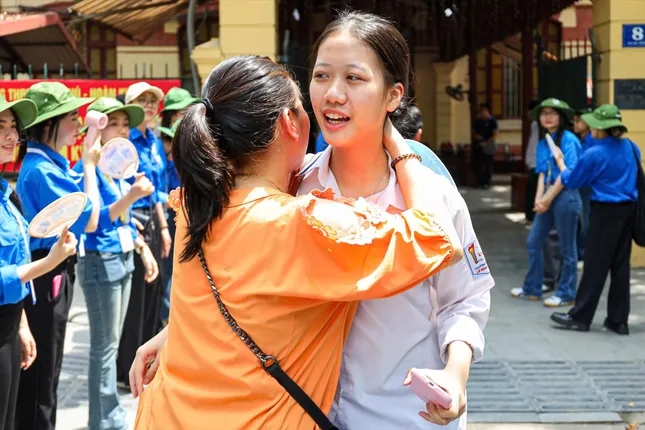 |
The 10th grade exam is considered more stressful than the university entrance exam, so students really need the support of their families. Photo: DUC NGUYEN |
These concerns are more grounded in the context of rapid technological development today. In fact, in state agencies, some professions have raised standards for workers. For example, according to the 2023 Law on Medical Examination and Treatment, by 2027, practice certificates will no longer be issued to intermediate-level physicians, which means that the intermediate level of this industry will be eliminated. Those who are working without a college degree must attend training to improve their qualifications.
The 2019 Education Law stipulates that preschool teachers must have a college degree or higher, and primary, secondary and high school teachers must have a university degree or higher. Thus, local teacher training colleges no longer have the task of training primary and secondary school teachers as before; teachers who have not met the standards must continue to study to improve their standards.
Reality over the past years has shown that the division of 40% of junior high school students into vocational training and 60% into public high school has created great pressure for the entrance exams to grade 10. The old Vinh Phuc (now Phu Tho province) has been a locality for many years implementing a "strict" policy on division after junior high school, even causing resentment and complaints among the people. While the average division rate of students after junior high school nationwide is 17.8%, Hanoi has a stressful grade 10 exam but in reality, the division rate is only about 12%.
Speaking at the 19th session of the 17th term People's Council of Vinh Phuc province, some delegates expressed concern that the province's high streaming rate in recent years has created a lot of pressure and disadvantages, even consequences for students, families and society. The rate of junior high school graduates continuing to high school in Vinh Phuc has gradually decreased over the years, from about 70% in 2019 to about 63% in 2024. This puts pressure on students in the annual 10th grade entrance exam.
At the question-and-answer session with the Minister of Education and Training on the morning of June 20, delegate Nguyen Cong Long, from the National Assembly’s Committee on Law and Justice, said that the 40% streaming rate after secondary school should be reviewed. Because the new context requires improving the quality of human resources, human resources must be capable enough to approach digital transformation, the digital age, and artificial intelligence.
Reality sets the requirements but human resources only meet the level of secondary school education, it is very difficult to achieve the goal of innovation. In response to questions from delegates, Minister of Education and Training Nguyen Kim Son acknowledged that the division according to the ratio of 40-60%, meaning 40% after secondary school will go to vocational schools, is a "very rigid division, lacking scientific and practical basis". Therefore, the Ministry of Education and Training is compiling a proposal for another decree to replace it.
Source: https://tienphong.vn/truong-nghe-hay-ngo-cut-mat-trai-phan-luong-sau-lop-9-post1758278.tpo









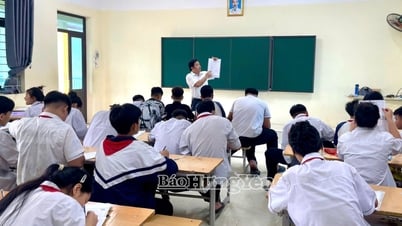

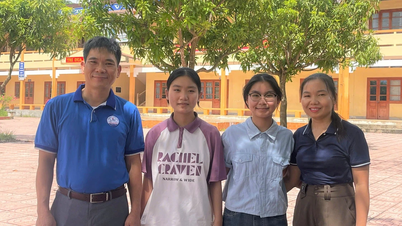

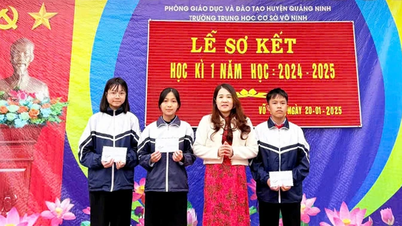

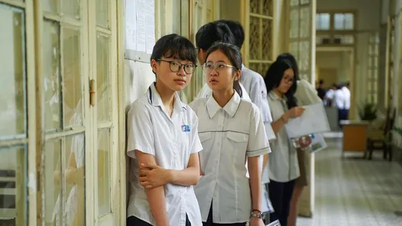
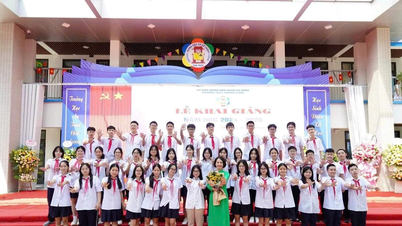







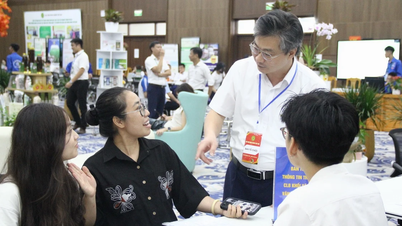






















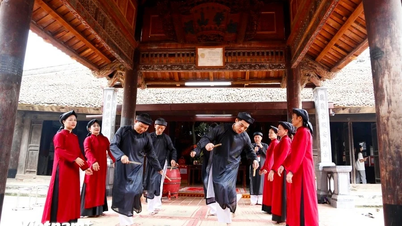




















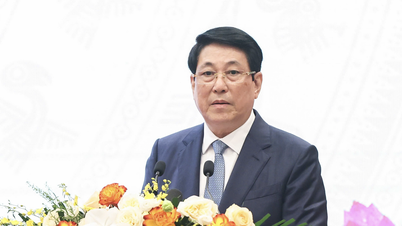


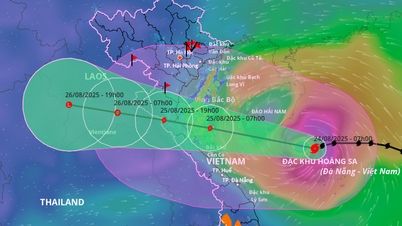



















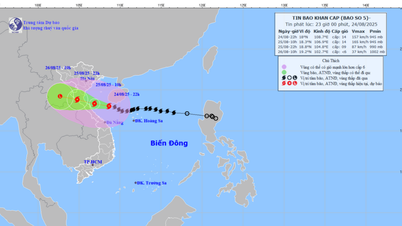



















Comment (0)